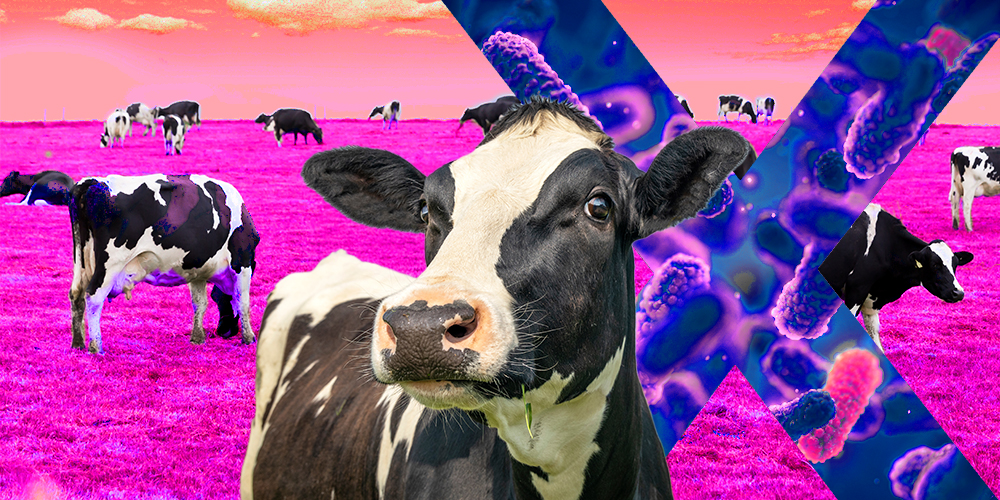Home » Compounding the Problem: How Our Intense Efforts to Combat Infections May Be Making Animals and Humans More Vulnerable to Illness
Compounding the Problem: How Our Intense Efforts to Combat Infections May Be Making Animals and Humans More Vulnerable to Illness

Antimicrobial resistance (AMR) is increasingly recognized as a silent pandemic, causing over a million deaths annually worldwide. It represents a significant health threat, worsened by the very antibiotics intended to treat infections. Dr. Scott Weese, a global expert on AMR, emphasizes that the improper use of these medications in humans and animals is contributing to the rise of drug-resistant pathogens. A continual adaptation of bacteria limits the effectiveness of existing drugs, raising concerns that we could return to a pre-antibiotic era where common infections could lead to death.
The historical discovery of antibiotics, notably penicillin by Alexander Fleming in 1928, revolutionized medicine. Yet, as bacteria evolve, these once-life-saving drugs lose their potency. Weese asserts that the emergence of superbugs occurs when antibiotics are overused or misused, often prompted by fear of disease in both humans and animals.
AMR’s implications extend beyond human health; they impact animal health and, subsequently, food safety and public health. Conditions like overcrowded livestock farming intensify the risk of disease transmission, compelling farmers to use antibiotics preventively rather than curatively. This preventative usage contributes to the growing resistance problem, creating a paradox where more antibiotics are required even as their effectiveness dwindles.
The director-general of the World Health Organization, Tedros Adhanom Ghebreyesus, points out the irony of AMR: while it's fueled by inappropriate antimicrobial use, a significant number of people still lack access to these vital medicines. Weese highlights the necessity of addressing public health comprehensively; improved healthcare access could decrease the incidence of bacterial infections that require antibiotic treatment in the first place.
Furthermore, Weese believes that focusing on prevention could have a more substantial impact than merely improving antibiotic stewardship. Preventative measures—including better health infrastructure, access to clean water, and animal vaccination—can reduce the need for antibiotics in animal husbandry and human healthcare. Awareness and educational campaigns are crucial in encouraging both healthcare providers and farmers to adopt practices that mitigate the need for antibiotics.
Weese suggests that technological advancements could play a key role in combatting AMR by enabling better diagnostics to discern between viral and bacterial infections. Rapid and accurate testing can reduce the unnecessary prescription of antibiotics, a common practice when health professionals are unsure of the infection’s origin.
Despite the challenges in curbing AMR, Weese is not entirely pessimistic. He argues that while the post-antibiotic era is a concern, ongoing research and development could potentially lead to new therapeutics. However, it is vital to conserve existing antibiotics, particularly as the drugs used in animals are often the same as those required by humans.
The future of managing AMR relies on global cooperation, breaking silos between animal and human health, and encouraging practitioners across fields to work collaboratively in developing comprehensive prevention strategies. Weese believes veterinarians play a critical role in identifying potential health threats as they often encounter diseases that could spill over to humans.
In summary, addressing AMR requires a multifaceted approach that prioritizes prevention, education, and cooperation across health sectors, particularly as the global demand for food increases and antibiotic use continues to climb.
MaRS Discovery District
https://www.marsdd.com/
MaRS is the world's largest urban innovation hub in Toronto that supports startups in the health, cleantech, fintech, and enterprise sectors. When MaRS opened in 2005 this concept of urban innovation was an untested theory. Today, it’s reshaping cities around the world. MaRS has been at the forefront of a wave of change that extends from Melbourne to Amsterdam and runs through San Francisco, London, Medellín, Los Angeles, Paris and New York. These global cities are now striving to create what we have in Toronto: a dense innovation district that co-locates universities, startups, corporates and investors. In this increasingly competitive landscape, scale matters more than ever – the best talent is attracted to the brightest innovation hotspots.


